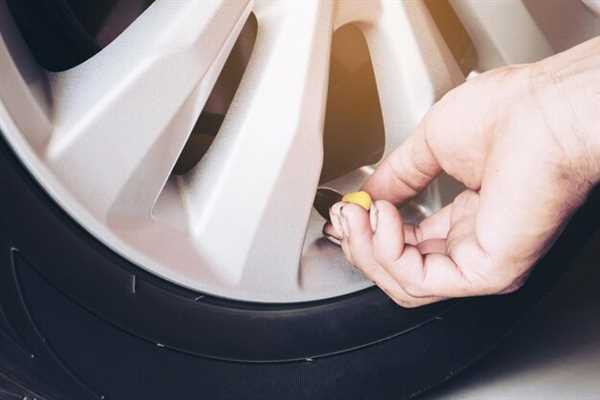
Ensure your vehicle is equipped with winter tires. These tires provide better traction on frozen roads, significantly improving handling and short-distance braking capabilities. Regularly check the tread depth of your tires; a minimum of 4/32 inch is recommended for safe driving in icy conditions.
Maintain a safe distance from the vehicle ahead. Reducing speed is critical when roads are slick. A following distance of at least eight to ten seconds can give you ample time to respond to any sudden stops or obstacles.
Familiarize yourself with your car’s controls and features. Know how to use your headlights, windshield wipers, and defrosters effectively. Additionally, practice smooth steering and gentle braking to prevent skidding, which is prevalent on icy surfaces.
Prepare an emergency kit for your vehicle. Include essentials like a shovel, blanket, flashlight, and non-perishable snacks. Having an emergency plan can provide peace of mind and resources in case of unexpected situations.
Lastly, always check weather conditions before heading out. Awareness of storms or adverse weather can influence your decision to travel, ensuring you stay safe during treacherous conditions.
Preparing Your Vehicle for Winter Conditions

Check tire tread depth. Ensure the tires are rated for low temperatures and have adequate grip. Consider using winter-specific tires for improved traction on icy surfaces.
Inspect the battery. Cold weather can reduce battery capacity. Make sure terminals are clean and connections are secure. Test its charge, especially if the battery is over three years old.
Verify fluid levels. Antifreeze should be at the proper mix ratio to prevent freezing. Ensure windshield washer fluid is suitable for cold weather and top off all essential fluids.
Examine wiper blades. Replace worn or damaged blades to maintain visibility. Consider using winter wipers designed to handle snow and ice accumulation.
Test brakes. Ensure brake pads and rotors are in good condition. Regularly inspect brake fluid for proper levels and clarity.
Check lights. Replace any burnt-out bulbs and clean lenses to enhance visibility. Ensure headlights and taillights are functioning appropriately.
Prepare an emergency kit. Include items like a blanket, first aid supplies, flashlight, snacks, and a shovel. A charged phone and portable charger are also beneficial.
Techniques for Safe Driving on Icy Roads

Maintain a steady speed; abrupt changes can lead to skidding. Increase the following distance to at least five seconds to allow ample response time.
Use gentle movements; steer, accelerate, and brake smoothly to avoid losing traction. Anticipate turns and curves, reducing speed ahead of time.
If skidding occurs, steer into the direction of the slide while gently easing off the accelerator. Avoid slamming on brakes to regain control.
Use headlights even during the day to enhance visibility. Ensure all windows are clear and mirrors are free of frost before departing.
Equip your vehicle with winter tires designed to perform better on ice. Check tire pressure regularly, as it decreases in colder temperatures.
Keep emergency supplies like blankets, food, water, and a flashlight in the trunk. A shovel can also be useful in case of getting stuck.
Handling Common Winter Emergencies
Keep a shovel, ice scraper, and jumper cables in your vehicle at all times. These items are crucial for addressing many situations that arise during snowy conditions.
If you get stuck in deep snow, rock your vehicle back and forth by shifting between drive and reverse. This technique will create momentum. Place floor mats or cardboard under the tires for added traction.
In case of a dead battery, connect jumper cables correctly. Ensure the positive (+) and negative (-) terminals are aligned properly. Allow the boost vehicle to run for a few minutes before attempting to crank your engine.
If you find yourself in a skid, avoid slamming brakes. Instead, gently steer in the direction you want to go, allowing momentum to help regain control.
Make sure your phone is fully charged and have an emergency kit handy, containing blankets, food, and water. This preparation will help you stay comfortable while waiting for assistance.
In the unfortunate event of an accident, remain calm. Check for injuries and call for help if necessary. Document the scene with photos and jot down details for insurance purposes.
Always keep your fuel tank at least halfway full to reduce the chance of running out during your travels. This practice helps prevent fuel lines from freezing.


